API Strategy
In the dynamic world of insurance, an effective API (Application Programming Interface) strategy stands as a linchpin for digital transformation and operational efficiency. By harnessing the power of APIs, insurance companies can seamlessly integrate disparate systems, from policy management to claims processing, facilitating real-time data exchange and automation. This not only streamlines internal workflows but also enhances customer experiences by offering tailored products, instant policy quotes, and rapid claim settlements. Moreover, with the proliferation of insurtech and digital platforms, APIs enable insurers to tap into innovative ecosystems, collaborate with third-party developers, and extend their offerings across multiple digital touchpoints. By doing so, they can cater to the evolving needs of modern policyholders, drive revenue growth through new channels, and stay ahead in the competitive landscape. In essence, a robust API strategy empowers insurance companies to be agile, data-driven, and customer-centric, setting the foundation for sustained success in the digital age.
Case Study
Client: A mid sized insurance carrier personal and small commercial focused, who sell their products through independent agents.
Problem statement:
Client was looking for rapid digital transformation and they realized that APIs often play a critical role in many functions of their business as an enabler for digital products and projects.
- Limited agility in launching new insurance products.
- Inefficient data exchange with partners, brokers, and third-party platforms.
- Suboptimal customer experiences due to delays and lack of real-time service capabilities.
- Increased operational costs and maintenance overheads.
Client was looking for a partner with expertise in technology and business to answer
How are insurers approaching APIs?
What insurers are doing with the APIs?
What eco-systems are out there?
What should we be doing? What should be our technology? What should be internal and external APIs?
Our Approach
Current state study/data collection
– Understand current integration patterns and technology landscape.
– Understand overall business goals, technological challenges, and the potential value drivers of implementing an API strategy.
– Understand potential API consumers, both internal and external – needs and painpoints.
Analyze
– Identify strategic fit of API between business and IT context.
– Identify technologies that fit the need.
– Identify critical data needs/gaps
– Identify API ecosystems that could have potential.
– Understanding the competitive landscape, market trends, and best practices in API implementation.
Synthesize recommendation
– A detailed API strategy blueprint, highlighting the architecture, integration points, and technology stack recommendations.
– A roadmap for API implementation, prioritizing critical integration points and quick wins
– Guidelines for API security, governance, and lifecycle management to ensure data protection and regulatory compliance.Future state customer journeys with system impacts.
Technology Landscape
- Guidewire (PC,BC, CC)
- Customer portal – Angular
- API gateway, Java / Node.JS backend
Results
- Enhanced integration – seamless integrations – helping speed to market (and cost reduction) for launch of new experience and capabilities.
- Innovation and agility – rapid experimentation of digital products.



